In this article, it will show you 10 SEO tactics you need to embrace going forward in 2015.
Keep reading to find out more!
1. Kill off meta keywords
Meta fields were designed to help provide Google with an overview of your website.
Unfortunately, few people used them correctly. It became a field where people would throw as many keywords as possible.
These days they even act as a spam signal to the search engines.
Google has completely clamped down on meta keywords, so stop using them.
It’s not just Google, either. Even Bing have cautioned against using meta keywords.

2. Forget about keyword stuffing
Keyword density is no longer important.
Nothing says spam to a visitor like a website filled with awkwardly positioned keywords. It’s blatantly obvious where they are.
These days the mention of one or two keywords is enough to fill your necessary quota.
Here are some smart tips for going about creating targeted content (rather than keyword stuffing):
- Choose a subject people want to hear about.
- Use a natural search phrase once or twice. It should automatically fit in without you thinking about it.
- Create quality content. Google will understand it through the quality of writing.
3. Stop ignoring meta descriptions
Meta descriptions have fallen quickly over the years because they stopped being a factor in ranking algorithms.
Nothing has changed about that, but what they do is impact the conversion factors.
Countless studies have demonstrated Meta descriptions influence click-through rates, and click-through rates do contribute to search rankings.
So stop ignoring them and create a customized description for every page you
4. Markup pages with microdata
You’ll notice that major companies have more information visible in Google’s search results. This is micro data.
Microdata may contain a phone number, a logo, or an address. These sites have been setup in such a way as to provide more information to Google’s crawlers.
Use a program like Scheme to help build your Microdata.
Studies show that there’s a 25% higher click-through rate on search results that have this information visible.
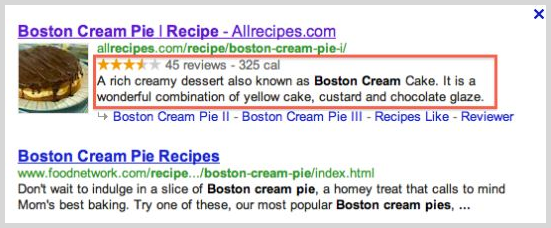
5. Keep URLs short and descriptive
Your URL is one of the first things a search crawler will see, make sure it is easy to crawl and categorize.
One of the biggest mistakes people make is using the standard title of the page as their URL. While this works most of the time, it can be too long.
Long URLs make it difficult to categorize your website properly. It may mean your site appears under searches you never intended it to.
This can hurt your ability to hit your target audience.
Try to keep your URL to roughly five words or less. There’s little need to have anything longer than that.
6. Use title tags effectively
Title tags tell search engines what a page is all about. You’ll find it at the top of a browser.
Remember that Google limits title tags to between 50 and 60 characters. It’s generally recommended that you should keep them below 55 characters.
Your copy must drive people to click on the site. Try to use a common keyword term at the front of your title, but only if it fits.
This should be easy because it is the category of your website.
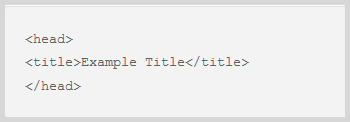
7. Use header tags in the right way
Header tags come in the form of <H1>, <H2>, and <H3>; they go all the way down to <H6>.
These determine the order of importance of each header. We should mention that crawlers will look at these tags before anything else.
It’s how headers are identified and how sites are categorized. Use them to enhance your SEO.
Furthermore, you should aim to avoid generic tags, such as ‘Products’. Instead you should try to make them as unique as possible for better results.
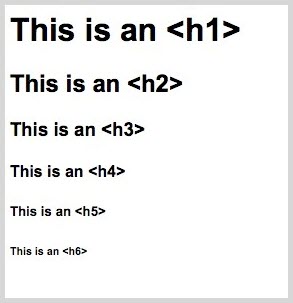
8. Optimize image alt text
Image alt text is the text that appears if a user has images disabled. It also helps to tell search engines exactly what an image is.
Remember, they can’t read images directly. They don’t see what a human sees. All they can do is look at the file name, the description, and the alt text.
Yet this is a part people often forget. They assume everyone can already see the images so they don’t need to worry. This couldn’t be further from the truth.
Make an effort to create alt text. All this is is a basic phrase that defines the image. For example, if you had a picture of a sleeping cat you might call it ‘sleeping cat image’.
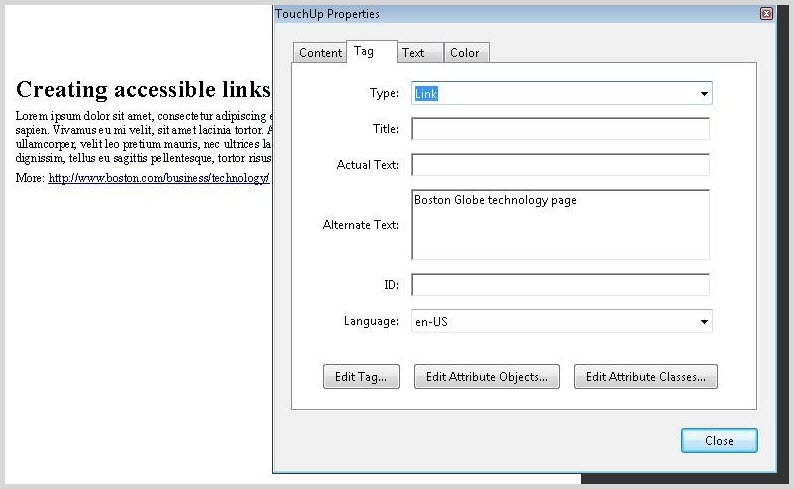
9. Make inbound links natural
The link neighbourhoods were amongst the first entities to fall when Google started to implement Panda and Penguin. And for good reason. They were toxic and it meant search engine results were full of spam.
Inbound links continue to matter, and you shouldn’t discount them, but there’s a twist.
Monitor where any inbound links come from and ensure they are coming from quality websites. They should be entirely natural and come from websites that are relevant to your industry.
In this sense, they do still matter.
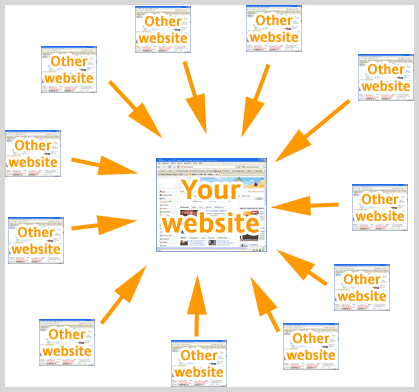
10. Boost site speed
Since 2011 it’s been clear that the speed of a website matters.
If a page takes longer than five seconds to load, Google is going to penalize your site. This is because site speed is a marker of quality. Google doesn’t want poor quality websites ranking high.
First, you need to test the speed of your site. Google already provides a free tool you can use for this, but there are a range of third-party tools that accomplish the same thing.
If it takes longer than five seconds to load, you may well need to upgrade your server to make it run faster. Alternatively, you can reduce the number of heavy files on your site. For example, you could remove some videos or images.

SEO in 2015 is about quality
What this article should show you is that SEO in 2015 is about a focus on quality. You don’t have to edge towards grey hat or black hat SEO techniques in order to succeed. By improving the quality of the content on your website, there’s no reason why you can’t get the results you’re searching for.
If you want to hear what I have to say in 140 characters or less, please follow me on Twitter at http://twitter.com/erikpenn.
